CPTPP trade deal officially takes effect
The 11-member Comprehensive and Progressive Agreement for Trans-Pacific Partnership (CPTPP) officially came into force on December 30, creating a free trade area covering more than a tenth of the global economy.
 |
At the signing ceremony of CPTPP in Santiago, Chile, on March 8, 2018 (Source: Xinhua/VNA)
The trade deal, signed in March, is the successor to the Trans-Pacific Partnership (TPP) Agreement, a similar deal that included the US. However, President Donald Trump withdrew the US from the TPP soon after he was elected.
The CPTPP will cut tariffs on agricultural and industrial products, ease investment regulations and enhance protection of intellectual property.
The 11 member countries of the CPTPP hope that the trade pact will help to counter growing protectionism.
Australia, Canada, Japan, Mexico, New Zealand and Singapore became the first six members to ratify the pact, setting the stage for its entry into force.
The CPTPP is one of the most comprehensive trade deals ever concluded and strips 98 percent of tariffs for the 11 countries with a combined GDP of more than USD 13.5 trillion close to 500 million consumers.
It is expected to promote economic growth and poverty reduction, create more jobs and improve the living condition for the people of the member nations.
The trade deal was signed by 11 member states, namely Australia, Brunei, Canada, Chile, Japan, Malaysia, Mexico, New Zealand, Peru, Singapore and Vietnam in Santiago in March 2018./.
( VNF/VNA )
Recommended
 World
World
India strikes back at terrorists with Operation Sindoor
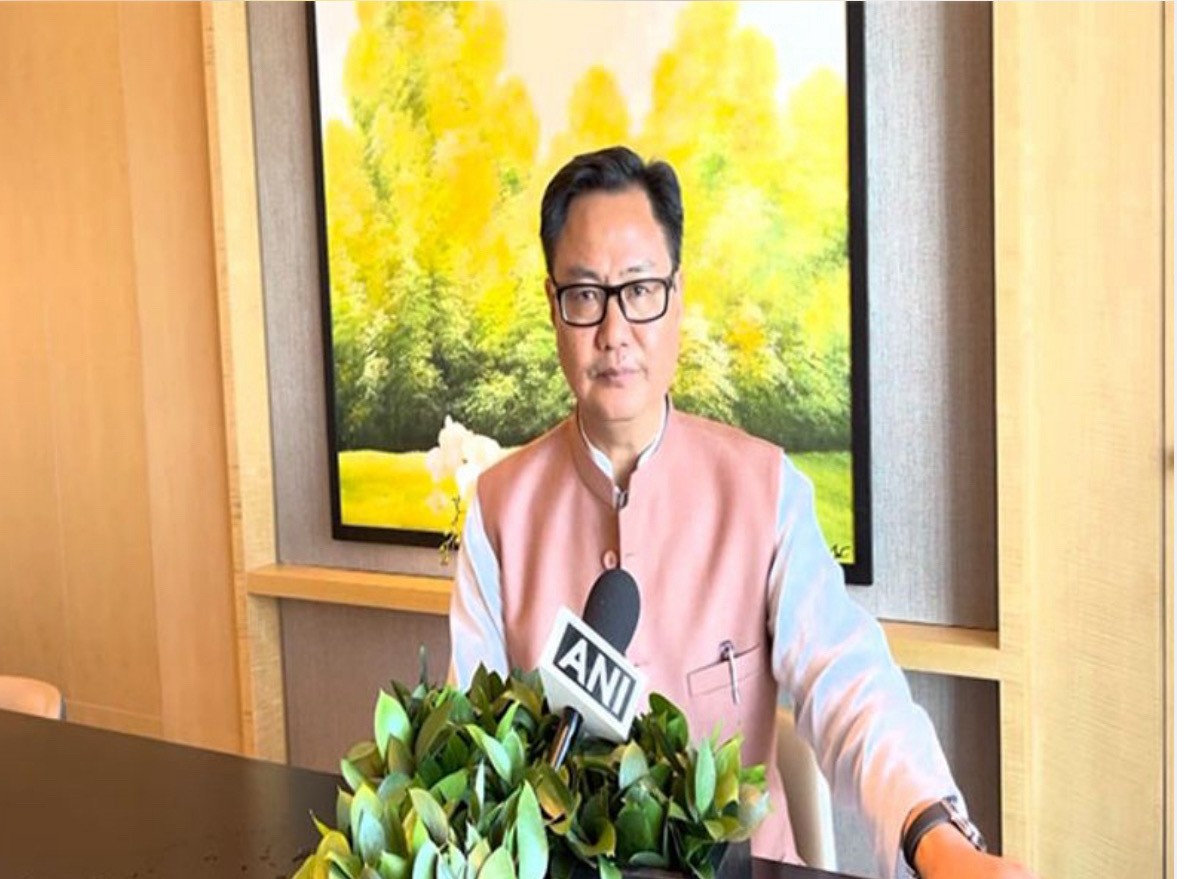 World
World
India sending Holy Relics of Lord Buddha to Vietnam a special gesture, has generated tremendous spiritual faith: Kiren Rijiju
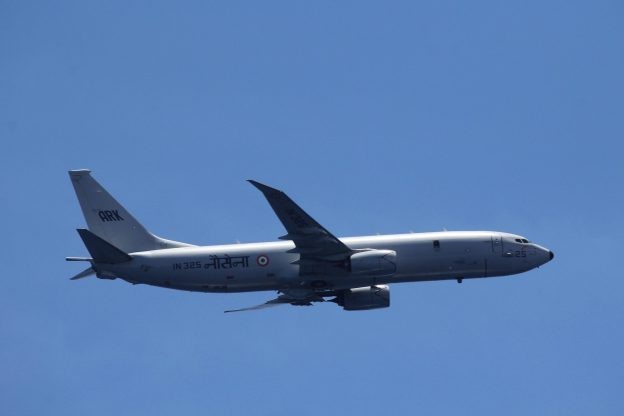 World
World
Why the India-US Sonobuoy Co-Production Agreement Matters
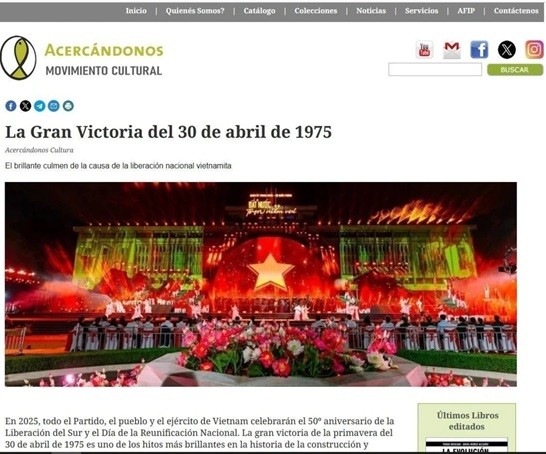 World
World
Vietnam’s 50-year Reunification Celebration Garners Argentine Press’s Attention
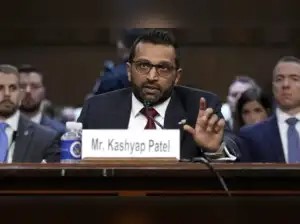 World
World
"Will continue offering our full support to Indian govt": US FBI Director after Pahalgam attack
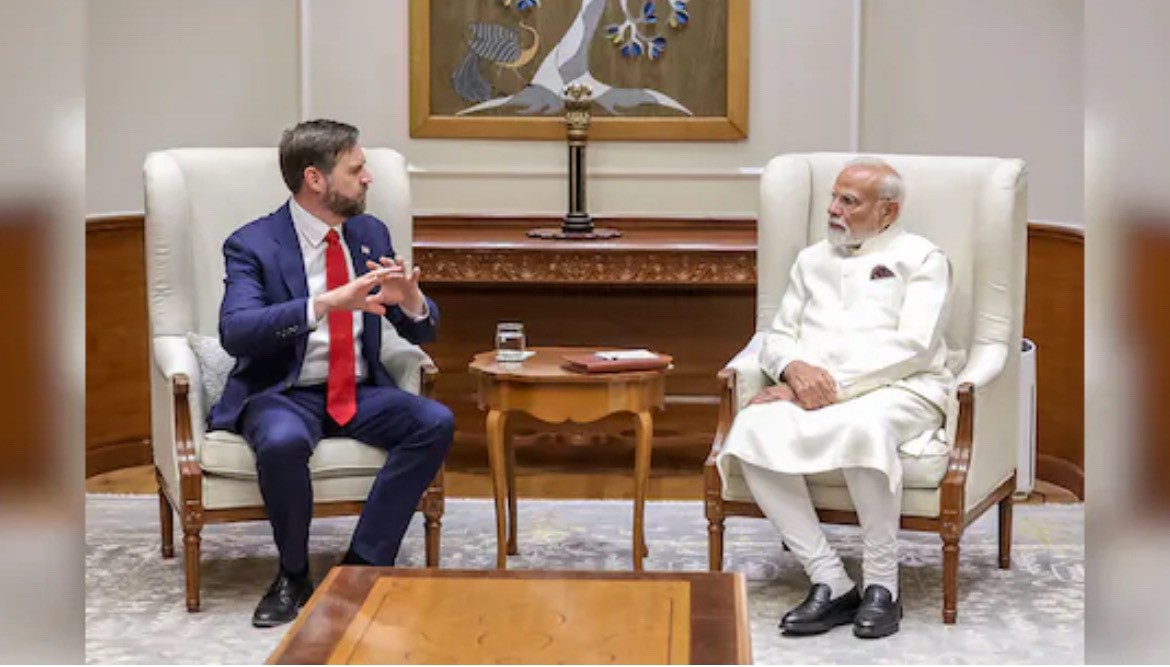 World
World
"Great Leader": JD Vance Lauds PM Modi During His India Visit
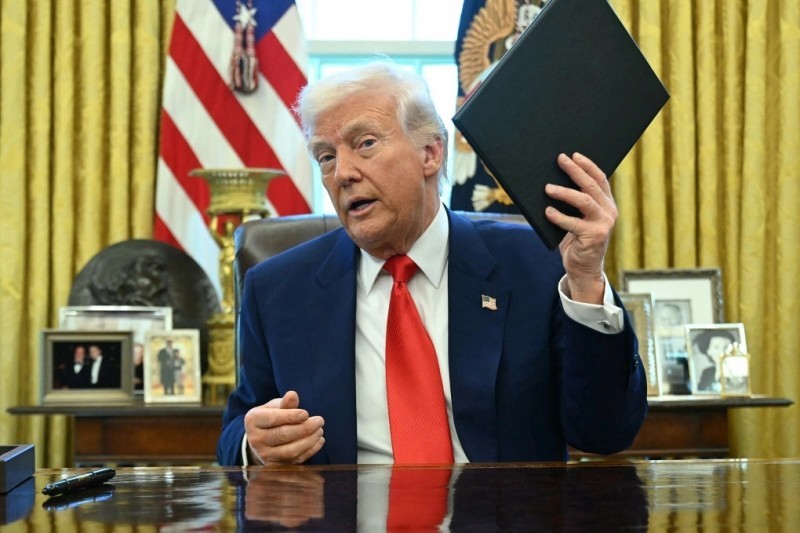 World
World
Trump’s Tariff Pause: A Strategic Move from “The Art of the Deal”?
 World
World
